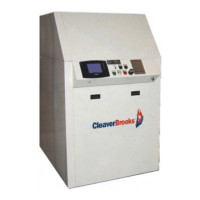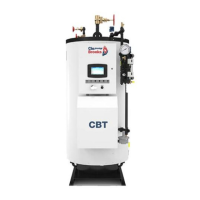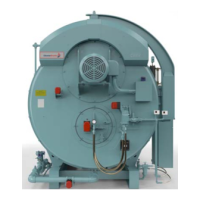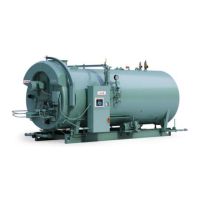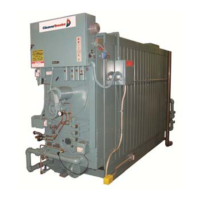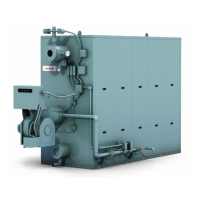CB FALCON
750-265 90
Annunciator 1 short
name
The short (3 letter) name of the contacts monitored by the A1 annunciator input. 61
Annunciator 2 short
name
The short (3 letter) name of the contacts monitored by the A2 annunciator input. 61
Annunciator 3 short
name
The short (3 letter) name of the contacts monitored by the A3 annunciator input. 61
Annunciator 4 short
name
The short (3 letter) name of the contacts monitored by the A4 annunciator input. 61
Annunciator 5 short
name
The short (3 letter) name of the contacts monitored by the A5 annunciator input. 61
Annunciator 6 short
name
The short (3 letter) name of the contacts monitored by the A6 annunciator input. 61
Annunciator 7 short
name
The short (3 letter) name of the contacts monitored by the A7 annunciator input. 61
Annunciator 8 short
name
The short (3 letter) name of the contacts monitored by the A8 annunciator input. 61
Anticondensation >
Delta-T
Anti-condensation (rate increase) may have a higher or lower priority than Delta-T (rate
decrease), when both of these are active and competing.
50
Anticondensation >
Forced rate
Anti-condensation (rate increase) may have a higher or lower priority than forced rate (a
specific firing rate), when both of these are active and competing.
50
Anticondensation >
Outlet limit
Anti-condensation (rate increase) may have a higher or lower priority than Outlet high limit
(rate decrease), when both of these are active and competing.
50
Anticondensation
Priority
Anticondensation is more important than (check those that apply):
Stack limit, Delta T limit, Slow start, Forced rate, Outlet high limit
50
Anticondensation >
Slow start
Anti-condensation (rate increase) may have a higher or lower priority than slow start (a
specific firing rate slope), when both of these are active and competing.
50
Anticondensation >
Stack limit
Anti-condensation (rate increase) may have a higher or lower priority than Stack high limit
(rate decrease), when both of these are active and competing.
50
Anti short cycle time Whenever the burner is turned off due to no demand the anti-short-cycle timer is started and
the burner remains in a Standby Delay condition waiting for this time to expire. Does not
apply, however, to recycle events or DHW demand.
21
BLR function This parameter selects the function for the output terminal—J5 Terminal 5 and 6. 56
Burner name This parameter allows each control to have a unique name. 20
Boiler pump cycles Can be written to a new value (e.g. if the pump or controller is replaced). 6
Burner cycles Burner cycle count. Incremented upon each entry to Run. Can be written to a new value
(e.g. if the burner or controller is replaced).
6
Burner run time Burner run time. Measures the time spent in the Run state. Can be written to a new value
(e.g. if the burner or controller is replaced).
6
Burner switch This parameter enables or disables the burner control. When it is off, the burner will not fire. 19
CH
anticondensation
enable
This parameter enables or disables anti-condensation for CH and LL demand. 50
CH
anticondensation
pump
If CH anti-condensation is in control of the burner and this parameter is Forced off, then the
CH pump is turned off to warm up the heat exchanger more quickly.
50
CH
anticondensation
setpoint
If CH anti-conden
sation is enabled, has priority, CH or LL slave is firing the burner, and the
outlet temperature is below this parameter then the firing rate set to the Maximum
modulation rate until the temperature exceeds this by 4 degrees F.
50
CH D gain This gain applied to the Differential term of the PID equation for the CH loop. 26
CH Demand source Local, Modbus, 4-20 mA 26
CH demand switch The source of CH loop control can be specified to use different inputs. 25
CH enable This parameter determines whether the CH loop is enabled or disabled. It may be disabled
to turn it off temporarily, or because the application does not use this feature.
19
Table 47. Parameter Glossary.
Parameter Name Short Description Ref. Page
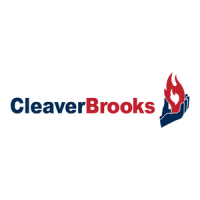
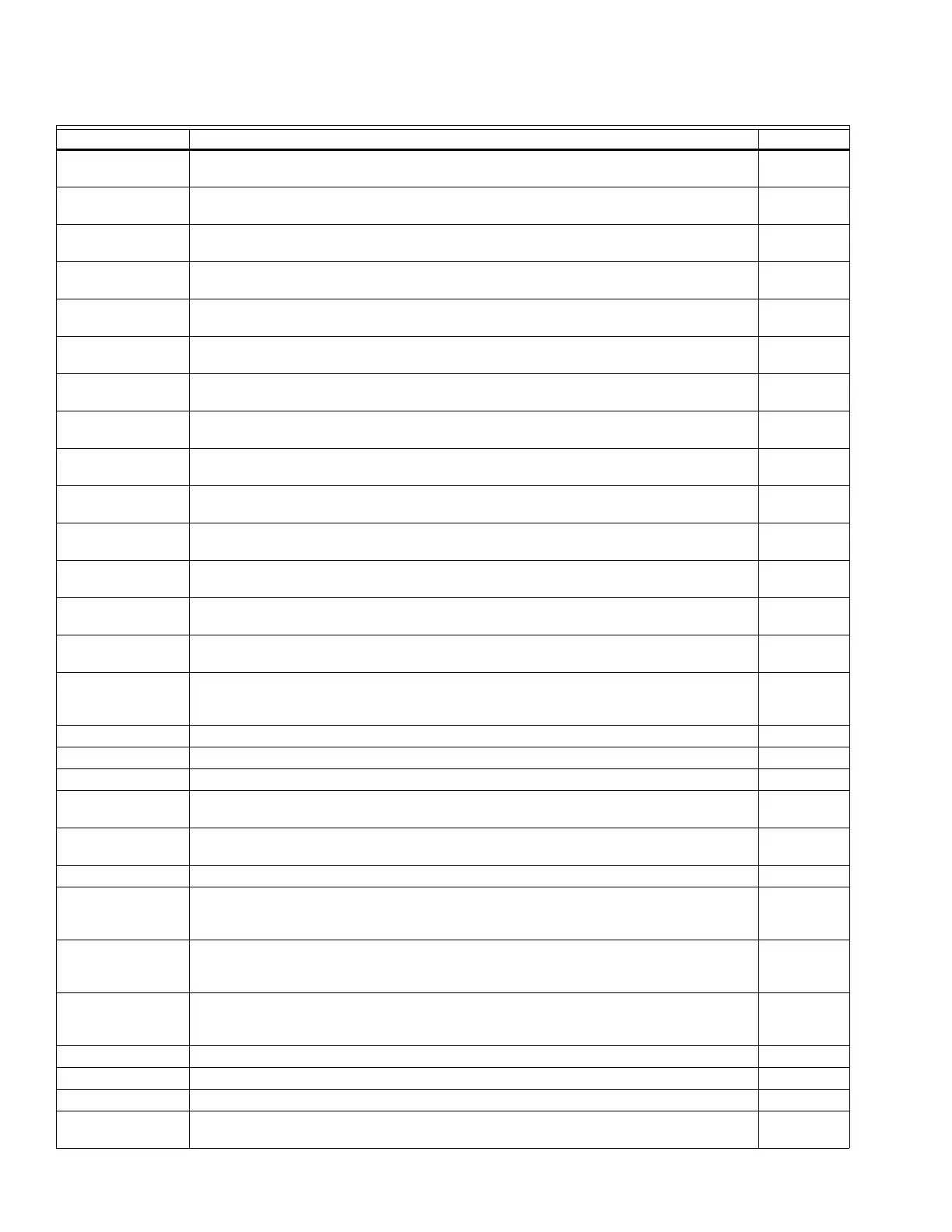